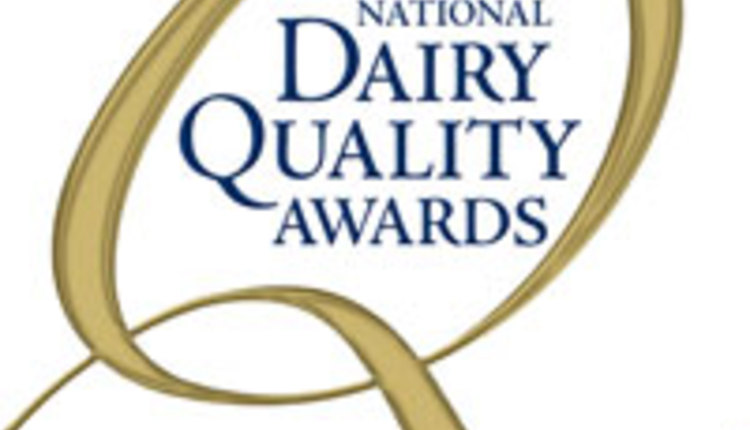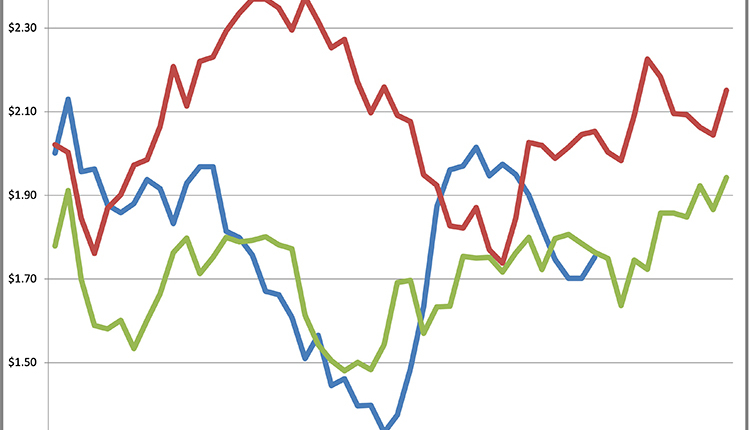In less than two years since genomic-tested bulls were released for sale in Canada, young bulls have overtaken their progeny-proven barn mates by garnering 58 percent of the country's A.I. services. While parallel observations on the U.S. market aren't available, we believe there is a similar pattern.
In their research, the Canadian Dairy Network evaluated insemination data from major A.I. and DHI organizations over the past decade. A major finding was that bulls formerly known as "sires in waiting" in the pre-genomic era are now in great demand thanks to genomic testing. Semen sales for these 2- to 4-year-old bulls hovered from 10 to 12 percent for much of the past decade but jumped to 29 percent last year. Their newfound fame came at the expense of newly progeny-proven 5- to 8-year-old bulls whose market share dropped from 49 to 32 percent in just a few short years.
These new trends certainly change the A.I. industry's structure. Bulls now have a much shorter shelf life. The shift to younger bulls will no doubt expedite genetic progress. It also places great responsibility on bull studs and breeders supplying elite genetics to ensure a diverse gene pool. To that end, Canadian researchers found producers are spreading out risk on sire selection. The top 10 bulls for semen sales garnered 32.6 percent of all A.I. services at the beginning of the decade. Now they account for just 17.6 percent. Moving forward, it will be paramount to further diversify selection decisions to hold inbreeding at bay.
As the science evolves, more accurate tests that relate genomics even more specifically to cow performance will be developed. As this occurs, it also will be critical to revisit longevity studies and correlations between traits to ensure we continue to predict future performance. Breeds that haven't entered the genomic arena due to population size will have to find ways to incorporate genomics or the pace of genetic change will put them at a permanent disadvantage. Other genomic-induced issues such as declining market values for registered cattle need the attention of breed association leaders. In the end, there are risks with using genomic young sires, but the people who buy the semen are telling us the rewards outweigh the risks.
To read more on this topic, see page 164 of the March 10, 2011 issue of Hoard's Dairyman.
In their research, the Canadian Dairy Network evaluated insemination data from major A.I. and DHI organizations over the past decade. A major finding was that bulls formerly known as "sires in waiting" in the pre-genomic era are now in great demand thanks to genomic testing. Semen sales for these 2- to 4-year-old bulls hovered from 10 to 12 percent for much of the past decade but jumped to 29 percent last year. Their newfound fame came at the expense of newly progeny-proven 5- to 8-year-old bulls whose market share dropped from 49 to 32 percent in just a few short years.
These new trends certainly change the A.I. industry's structure. Bulls now have a much shorter shelf life. The shift to younger bulls will no doubt expedite genetic progress. It also places great responsibility on bull studs and breeders supplying elite genetics to ensure a diverse gene pool. To that end, Canadian researchers found producers are spreading out risk on sire selection. The top 10 bulls for semen sales garnered 32.6 percent of all A.I. services at the beginning of the decade. Now they account for just 17.6 percent. Moving forward, it will be paramount to further diversify selection decisions to hold inbreeding at bay.
As the science evolves, more accurate tests that relate genomics even more specifically to cow performance will be developed. As this occurs, it also will be critical to revisit longevity studies and correlations between traits to ensure we continue to predict future performance. Breeds that haven't entered the genomic arena due to population size will have to find ways to incorporate genomics or the pace of genetic change will put them at a permanent disadvantage. Other genomic-induced issues such as declining market values for registered cattle need the attention of breed association leaders. In the end, there are risks with using genomic young sires, but the people who buy the semen are telling us the rewards outweigh the risks.
To read more on this topic, see page 164 of the March 10, 2011 issue of Hoard's Dairyman.











